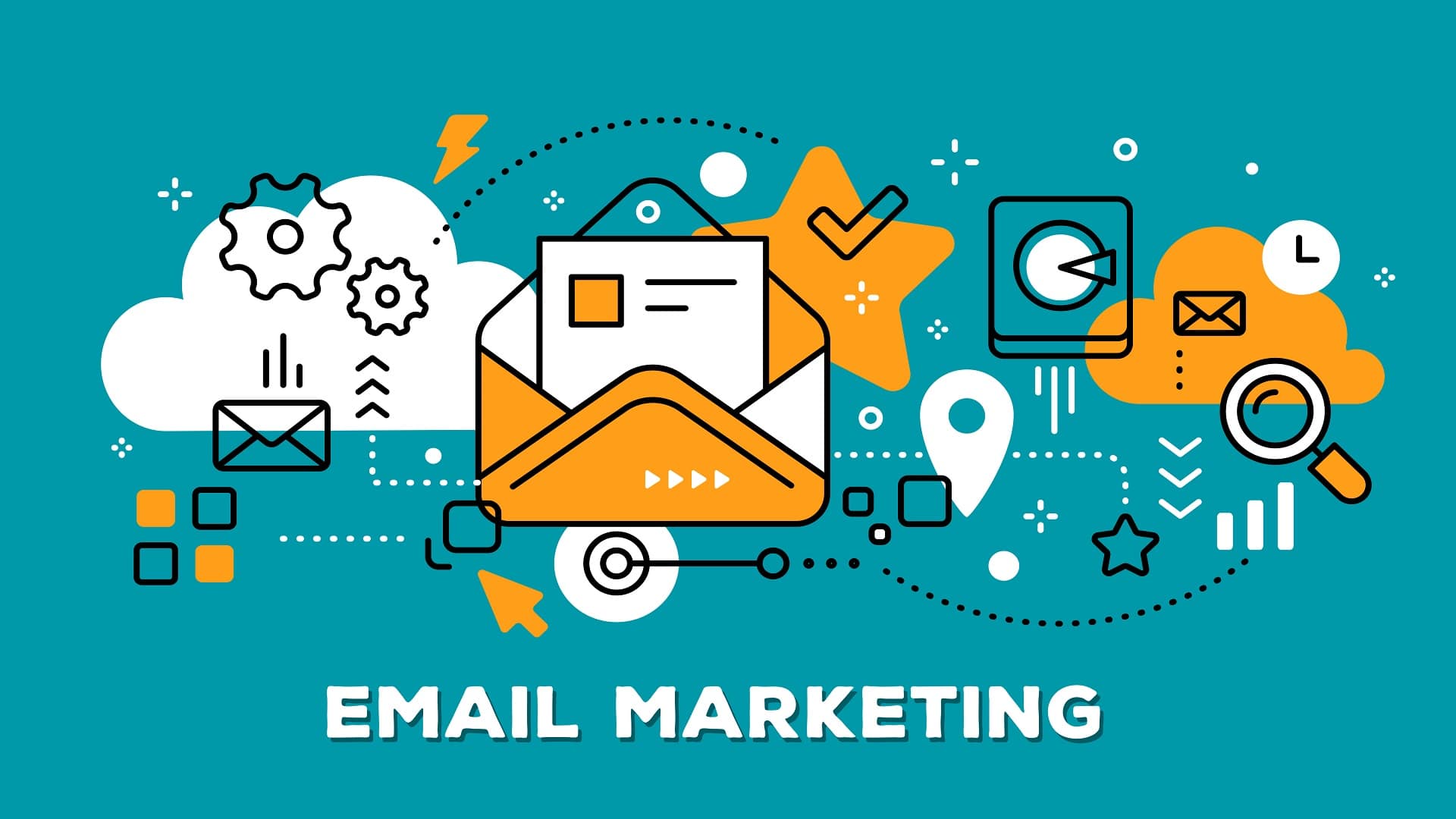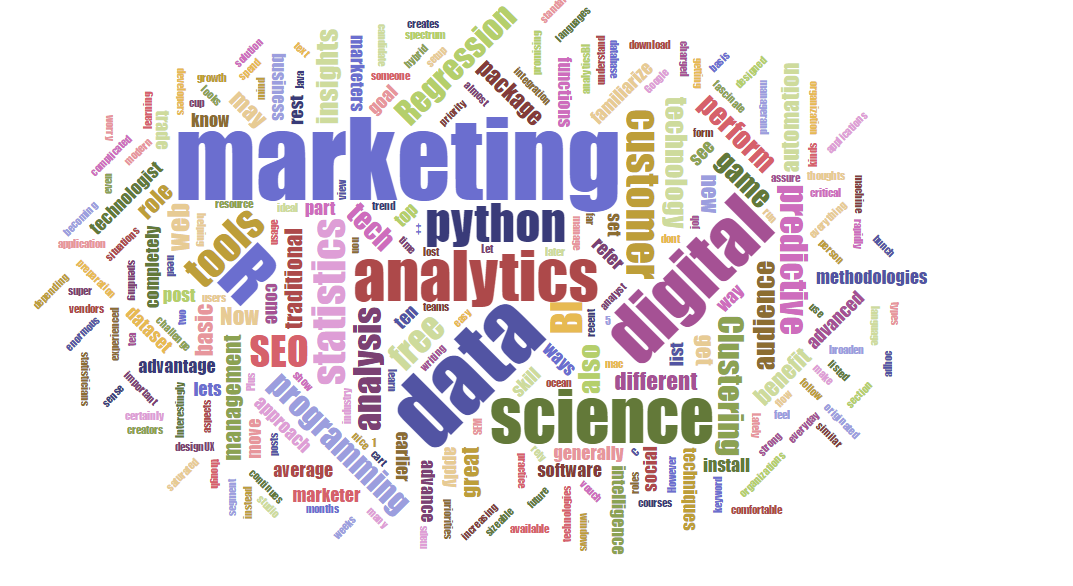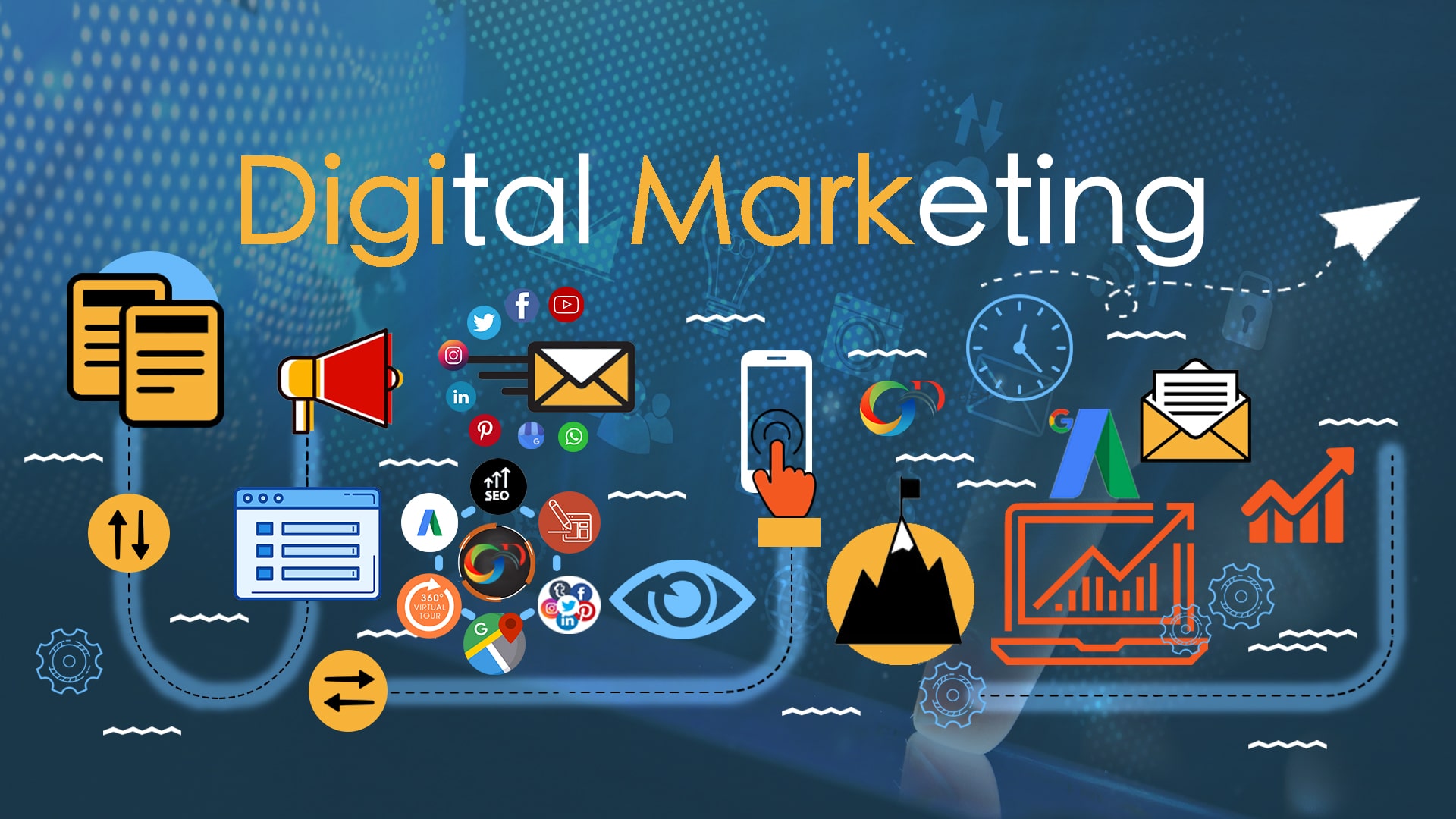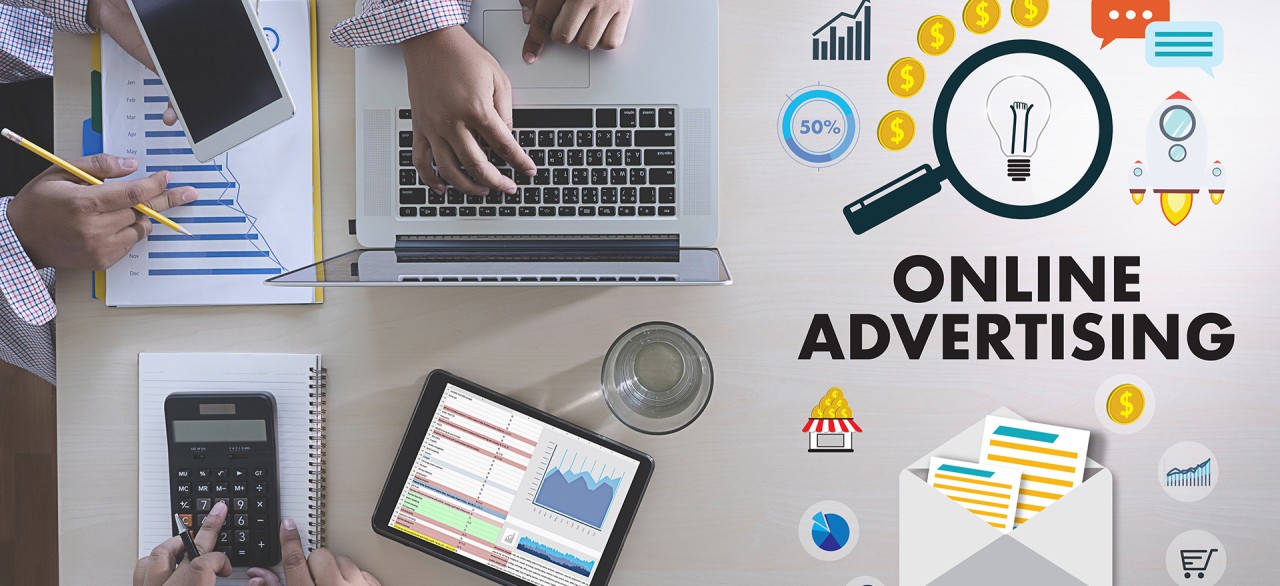In the world of digital marketing, email remains one of the most powerful tools for connecting with your audience, nurturing leads, and driving conversions. Despite the rise of social media and other channels, email marketing continues to deliver an impressive return on investment (ROI), making it an essential strategy for businesses of all sizes. However, to truly maximize the potential of email marketing, you need a well-thought-out strategy that goes beyond simply sending out newsletters.
Key Takeaways:
- Personalization and segmentation are key to effective email marketing.
- Compelling subject lines and clear CTAs drive higher open and conversion rates.
- Automation helps save time and nurture leads at scale.
- A/B testing ensures that your email campaigns are continuously improving.
- Analytics allow you to measure success and refine your strategy for maximum impact.
1. Understanding the Basics of Email Marketing
Email marketing involves sending targeted messages to a group of people via email with the goal of promoting a product, nurturing leads, or building relationships with your audience. It’s one of the most direct forms of communication that allows businesses to reach their customers’ inboxes, making it highly personal and effective when executed properly.
Key Benefits of Email Marketing:
- Cost-Effective: Compared to other marketing strategies, email marketing is affordable and offers a high return on investment.
- Personalization: You can personalize emails based on customer behavior, preferences, and past interactions.
- Direct Communication: Emails land directly in your customers’ inboxes, ensuring your message gets seen.
- Measurable Results: You can track open rates, click-through rates, conversions, and other valuable metrics to refine your strategy.
2. Building an Effective Email List
The foundation of successful email marketing is a high-quality, engaged email list. Without the right list, even the best-designed campaigns will fail to deliver results.
Tips for Building Your Email List:
- Offer Value: Provide incentives like discounts, free resources, or exclusive content in exchange for email sign-ups.
- Create Lead Magnets: Offer valuable assets like eBooks, checklists, or webinars that require visitors to enter their email addresses to access them.
- Use Signup Forms: Place easy-to-find opt-in forms on your website, blog, and landing pages to capture email addresses from interested visitors.
- Encourage Referrals: Ask your existing subscribers to refer friends or colleagues in exchange for rewards or exclusive offers.
- Use Social Media: Promote your email sign-up forms on your social media channels to reach a broader audience.
3. Segmentation and Personalization

One of the most significant advantages of email marketing is the ability to send personalized content. But, to make personalization effective, you need to segment your email list.
Why Segmentation Matters:
Segmentation allows you to group your email subscribers based on factors such as:
- Demographics: Age, gender, location, etc.
- Purchase History: Products they’ve bought or shown interest in.
- Engagement Level: How frequently they open emails, click on links, etc.
- Behavioral Data: Actions taken on your website, such as browsing specific product categories or abandoning a shopping cart.
By segmenting your list, you can send more relevant and targeted messages that resonate with each group. For example, sending personalized product recommendations or special offers based on previous purchases.
4. Crafting Compelling Email Content
The content of your emails plays a crucial role in capturing your audience’s attention and driving action. Here’s how to make your emails stand out:
a. Write Attention-Grabbing Subject Lines
The subject line is the first thing your subscribers see and determines whether they’ll open your email or not. Make it clear, concise, and compelling. Consider using personalization (e.g., “John, here’s a special offer just for you”) or creating a sense of urgency (e.g., “Last chance to save 20%!”).
b. Use Engaging Preheaders
The preheader is the short line of text that appears next to or below the subject line. Think of it as a preview of the email’s content. Use this space to add additional context or a call to action to encourage the recipient to open the email.
c. Create Valuable Content
Your email content should provide value to the reader. This can include educational resources, product updates, exclusive offers, or personalized recommendations. Make sure the content aligns with the interests and needs of your audience.
d. Include Clear Calls to Action (CTAs)
Every email should have a clear goal. Whether it’s to encourage a purchase, download a resource, or read a blog post, your email should include a prominent CTA that directs the reader toward the desired action.
e. Design for Mobile Devices
With a large portion of email opens happening on mobile devices, it’s essential that your emails are optimized for mobile viewing. Use responsive design, concise text, and large, clickable buttons for easy navigation on small screens.
5. Automating Email Campaigns
One of the best ways to maximize your email marketing efforts is by automating your campaigns. Automated emails save time, ensure timely communication, and allow for greater personalization.
Types of Automated Email Campaigns:
- Welcome Emails: Send a series of emails to new subscribers to introduce them to your brand and provide them with helpful resources or discounts.
- Abandoned Cart Emails: Automatically remind customers of items left in their cart and encourage them to complete their purchase with an incentive or reminder.
- Follow-Up Emails: Send personalized follow-up emails based on customer interactions, such as post-purchase emails or feedback requests.
- Birthday/Anniversary Emails: Send special offers or personalized greetings to customers on their birthdays or anniversaries, enhancing customer loyalty.
6. A/B Testing and Optimization
To ensure your email marketing strategy is continually improving, it’s important to test different elements of your emails to see what resonates best with your audience.
What to A/B Test:
- Subject Lines: Try different subject lines to see which one gets the best open rates.
- Email Copy: Test variations of your email content to see what drives the most engagement.
- CTA Placement and Design: Experiment with CTA buttons and links to see which placement and design generate more clicks.
- Send Times: Test different times of day and days of the week to find the optimal send time for your audience.
A/B testing allows you to collect data and make informed decisions that will improve your email campaigns over time.
7. Tracking and Analyzing Performance

After sending out your email campaigns, it’s crucial to track key metrics to measure their effectiveness and identify areas for improvement.
Key Email Marketing Metrics to Track:
- Open Rate: The percentage of recipients who open your email. This helps gauge the effectiveness of your subject line and preheader text.
- Click-Through Rate (CTR): The percentage of recipients who click on links or CTAs within your email. This measures the level of engagement and relevance of your content.
- Conversion Rate: The percentage of recipients who take the desired action, such as making a purchase or signing up for a webinar. This indicates the overall success of your email campaign.
- Bounce Rate: The percentage of emails that couldn’t be delivered. A high bounce rate could indicate issues with your email list quality or server issues.
- Unsubscribe Rate: The percentage of recipients who opt out of your email list. A high unsubscribe rate may indicate that your content is not resonating with your audience.
By tracking these metrics, you can continually refine your strategy, improve your emails, and ultimately increase your ROI.
Also Read : Mastering Digital Marketing: Strategies For Success In The Modern Era
Conclusion
Email marketing is a powerful tool that, when used correctly, can significantly boost your business’s growth and customer engagement. By building a targeted list, creating compelling content, automating campaigns, and continuously optimizing your strategy, you can unlock the full potential of email marketing. Remember, the key to success is personalization, relevance, and delivering value to your subscribers at every stage of their journey with your brand.
FAQs
- What is email marketing?
Email marketing involves sending targeted, personalized messages to a group of subscribers via email with the goal of promoting a product, nurturing leads, or building relationships with your audience. - Why is email marketing important for my business?
Email marketing is a highly cost-effective way to engage with customers, generate leads, increase conversions, and foster long-term relationships with your audience, all while providing a high ROI. - How do I grow my email list?
To grow your email list, you can offer incentives like discounts or free resources in exchange for email sign-ups, use lead magnets such as eBooks or webinars, and promote sign-up forms on your website and social media platforms. - What is email segmentation and why is it important?
Email segmentation is the process of dividing your email list into smaller groups based on criteria like demographics, purchase history, and behavior. It allows you to send more relevant and personalized messages to each group, improving engagement and conversions. - How often should I send email campaigns?
The frequency of your email campaigns depends on your audience and goals. However, sending too many emails can overwhelm your subscribers, while too few may reduce engagement. Strive for consistency and balance—typically, sending 1–4 emails per month is effective for most businesses. - What are the best email marketing tools?
Some popular email marketing tools include Mailchimp, Constant Contact, HubSpot, and ActiveCampaign. These platforms offer a range of features, including automation, segmentation, analytics, and A/B testing to help optimize your campaigns. - How do I measure the success of my email campaigns?
The success of email campaigns can be measured by key metrics such as open rates, click-through rates (CTR), conversion rates, bounce rates, and unsubscribe rates. These metrics help you assess how well your content resonates with your audience and guide improvements.




